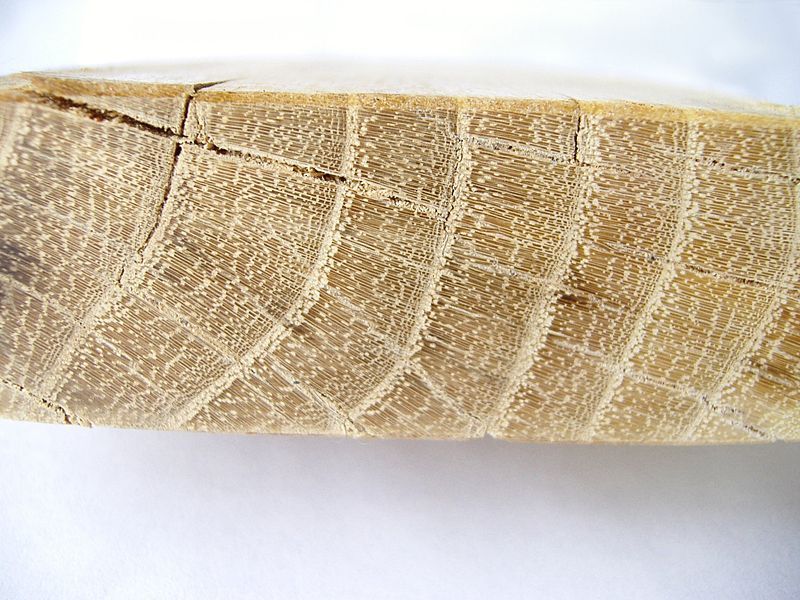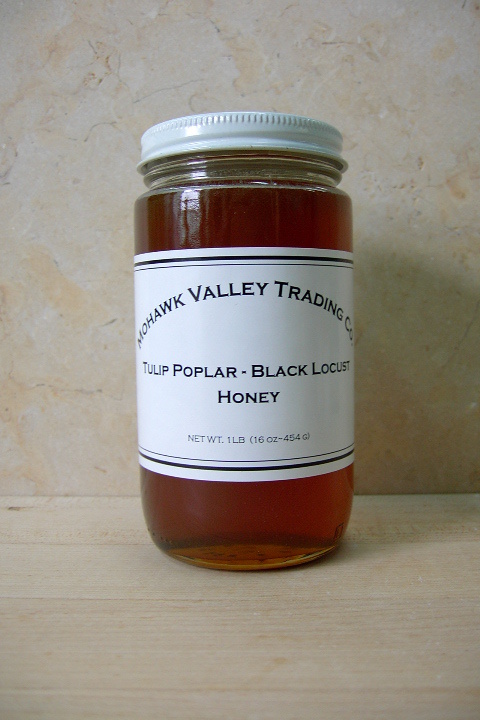Black Locust : Modern Uses
While there is somewhat less demand for fence posts and ship masts in our current times, the black locust still has quite a lot to offer in our current day and age. While rainforest hardwoods may be more trendy and popular with furniture makers, black locust is a much cheaper, much less destructive wood to use for the same purpose. Not only is the strength of black locust wood comparable to many other construction materials (even beating out steel in one study!) It also lasts much longer than other woods due to the high amount of flavonoids contained in its heartwood, which give it an incredible resistance to rot.
The other most common commercial use for the black locust in modern times is honey making. While the blooming period for the black locust is very short (usually under 2 weeks), the honey it produces is known to be fragrant and delicious. It’s also somewhat of a rare commodity to find monofloral black locust honey, as the tree is notoriously finicky with the amount of nectar it produces, depending on region and weather. Monofloral black locust honey usually ranges in color from lemon yellow to white to clear as a glass jar, depending on the cross contamination from other flowers. The taste has been described as fragrant, floral, and with a hint of vanilla. The most popular consumer versions of black locust honey are usually blended with tulip-poplar honey, as trying to make enough monofloral black locust honey for a market is quite the challenge, given its on again off again nectar patterns.


